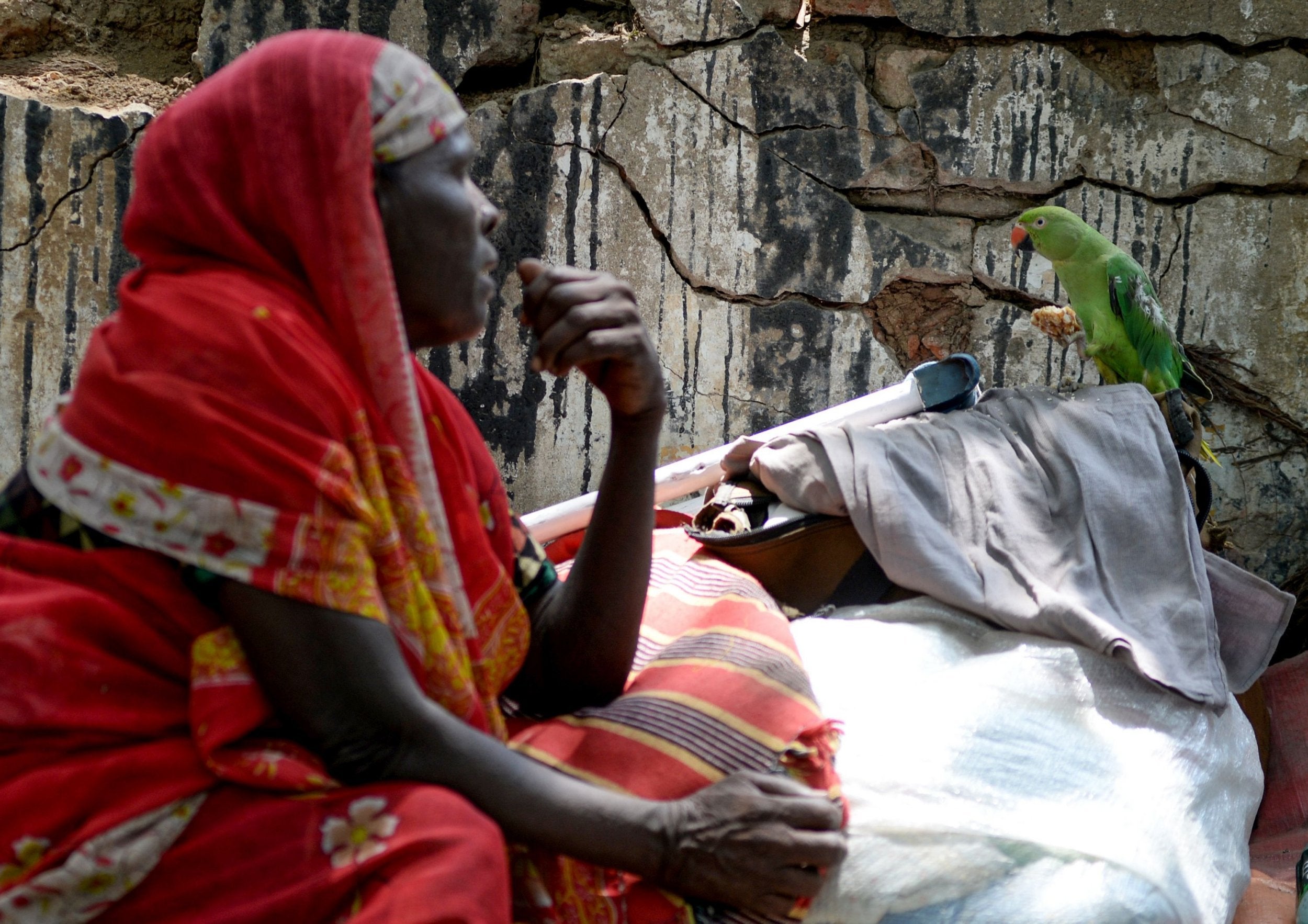Stigma in India around women’s underwear is creating a ‘petri-dish’ for disease
In a country that is ruled by tradition, science and technology have done little to penetrate local values, writes Meehika Barua

Your support helps us to tell the story
From reproductive rights to climate change to Big Tech, The Independent is on the ground when the story is developing. Whether it's investigating the financials of Elon Musk's pro-Trump PAC or producing our latest documentary, 'The A Word', which shines a light on the American women fighting for reproductive rights, we know how important it is to parse out the facts from the messaging.
At such a critical moment in US history, we need reporters on the ground. Your donation allows us to keep sending journalists to speak to both sides of the story.
The Independent is trusted by Americans across the entire political spectrum. And unlike many other quality news outlets, we choose not to lock Americans out of our reporting and analysis with paywalls. We believe quality journalism should be available to everyone, paid for by those who can afford it.
Your support makes all the difference.Having lingerie on show is seen as a serious disgrace and source of shame in India, but medical professionals are warning that by covering up newly washed underwear – instead of properly drying it out in the open – women are being exposed to different diseases from the bacteria growing inside garments.
Across the country, mothers can be seen rebuking their daughters if they hang their panties to dry outdoors in the open, be it in villages or in the capital city of the country.
The shame is, however, limited to female undergarments, and a glance at neighbourhood balconies will reveal men’s polka dot boxers, cotton briefs and trunks drying freely.
Women meanwhile are forced to use sarees, skirts or large pieces of fabric to cover up drying undergarments from the view of others. For many Indian women, this hiding of underwear is taken more seriously than any religious ritual.
“The thing in India is that women are seen as sex objects, so whatever signifies or amplifies this objectivity, be it bras or panties, needs to be curbed,” Dr Namrata Jain, gynaecologist and obstetrician based in New Delhi, tells The Independent.
“These viewpoints are passed down to generations.”
She says that many of her patients come to the clinic with various infections and skin diseases caused by bacteria growing in damp underwear.
“I always strongly advise them to dry their undergarments in stark sunlight if they don’t have the means to dry them in the dryer.”
Dr Purnima Madhivanan, associate professor of epidemiology in Stempel College, Florida, says the stigma around female menstruation is a key factor in the shame around undergarments.
“The idea of drying underwear indoors happens as soon as the girl [starts her period].
“Period blood is seen as unholy and the girls are taught to stay indoors, not visit temples or clean spaces such as the kitchen.”
Anjali Agrawal, 23, studying in Le Cordon Bleu London School, was brought up in Gujarat and says she keenly feels the stigma around displaying underwear.
“I have to dry them behind the plants outside so no one can see them.”
She has faced underwear shaming on countless occasions, but says what baffled her the most was facing the same stigma while living in Mumbai, considered to be the most cosmopolitan city in India.
“Once I dried my thongs in the open, only to find my landlady chastising me for it because apparently everyone else in the building asked her why those panties were displayed like that in public.”
But as Dr Jaydev Patel, senior microbiologist at Aspire-Labs, London, warns, the implications of having to hide wet underwear are far wider than embarrassed blushes – they can become a petri dish for disease.
“Bacteria requires moisture to grow. If panties are not dried properly, microorganisms get a chance to grow and may cause different types of diseases,” he says, including ringworm infection, urinary tract infection and pubic skin diseases.
Medical professionals are also concerned about the lack of access to proper washing equipment in rural parts of India.
According to Dr Madhivanan, who has worked in rural India for 15 years, the vast majority of the households in villages do not have washing machines.
Instead, clothes are washed by hand with soap and water, and many people take their clothes to a local common water source, such as rivers, streams or the lakes, to be washed. Some clothes are also dried on the ground.
Dr Madhivanan hopes that younger women will soon begin to challenge the patriarchal ideas around female undergarments.
“I think we should be role models to our young ones, so they are not learning negative body image and shame about their reproductive health.
“Men are also an integral part of that discussion.”
But in a country that is ruled by tradition, science and technology have done little to penetrate local values.
Savity, a housemaid in Surat tells The Independent she thinks it’s more hygienic to hide her underwear in a saree.
“I don’t want my kids or older people to see my panties, so we hide them under a cloth or skirt.
“That’s how we like doing it and will continue to do so, no matter how much technology advances.”
Join our commenting forum
Join thought-provoking conversations, follow other Independent readers and see their replies
Comments